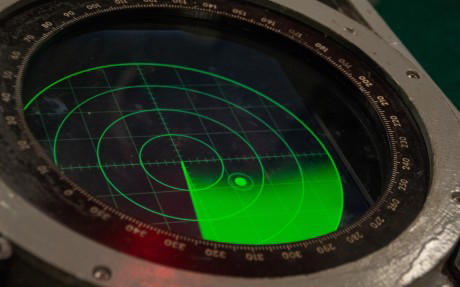China’s military has publicly revealed that its artificial intelligence (AI) system for electronic warfare has detected coordinated radar signals across the South China Sea, Guam, the Marshall Islands, and the Aleutian Islands near Alaska. These signals suggest tactical coordination among military radars in these regions, marking a significant advancement in China’s electronic warfare capabilities.
Chinese researchers involved in this investigation noted that this is the first instance where the People’s Liberation Army (PLA) has demonstrated its ability to gather global electronic warfare intelligence based on specific targets and actual reconnaissance data. The scope of China’s naval and air force operations in the Pacific has expanded significantly, now reaching from the South China Sea to Alaska and the US territory of Guam, a crucial location in Washington’s strategy to contain China.

The research, led by Zhou Changlin of the Strategic Support Forces Information Engineering University, was published in May in the Journal of Terahertz Science and Electronic Information Technology. The study reveals that the Chinese AI system can process and analyze massive amounts of complex signal data collected by warships, aircraft, and satellites. This system allows the PLA to identify patterns of electronic tactical coordination among various radars across different countries and locations, helping the Chinese military plan electronic warfare operations more effectively.
Zhou’s team developed a data processing platform using AI algorithms that can extract intelligence from historical signals, even when filled with noise and uncertainty. This platform can also identify unknown radar types, guess their confidential operating parameters, and predict future deployments of foreign naval fleets. The AI system works in conjunction with other intelligence platforms, such as imaging satellites, and is fine-tuned by human experts.
The revelation comes amid increasing tension between China, Russia, and the United States. Last month, Chinese and Russian warships, along with strategic bombers, were reported near Alaska and Guam. A US Navy destroyer, USS Rafael Peralta, initially stated it “protected Guam” during these deployments, but later retracted this statement, describing the interaction with Chinese and Russian vessels as “safe and professional.”










